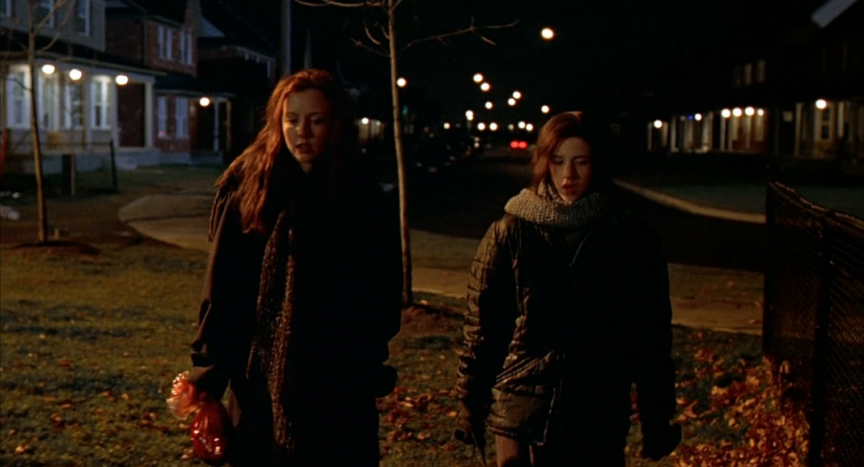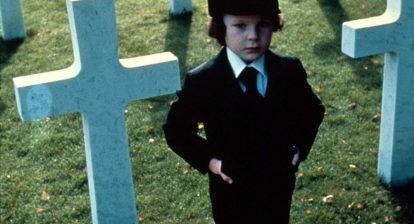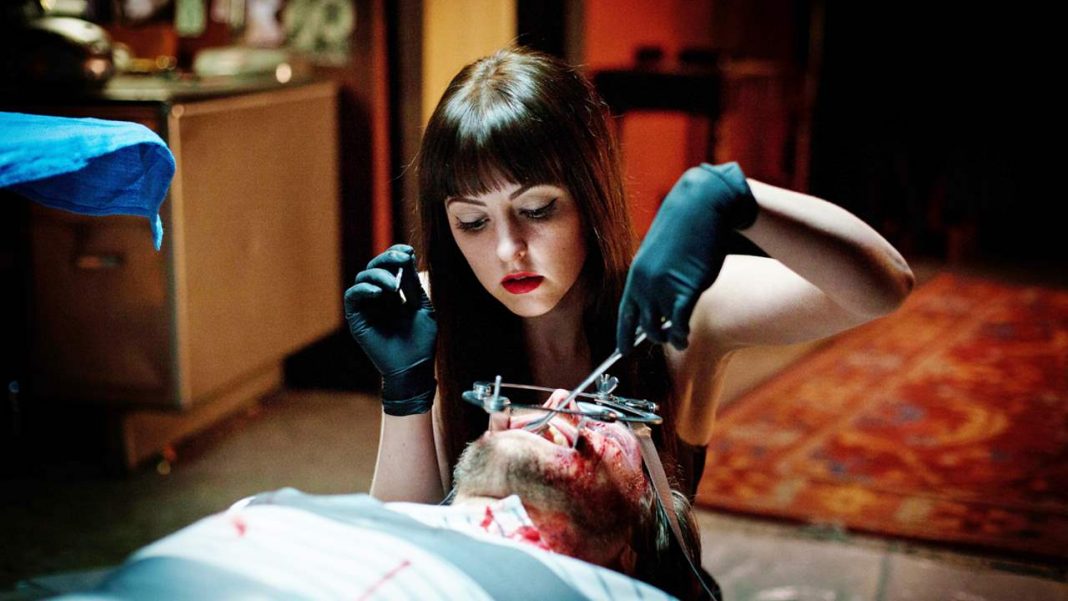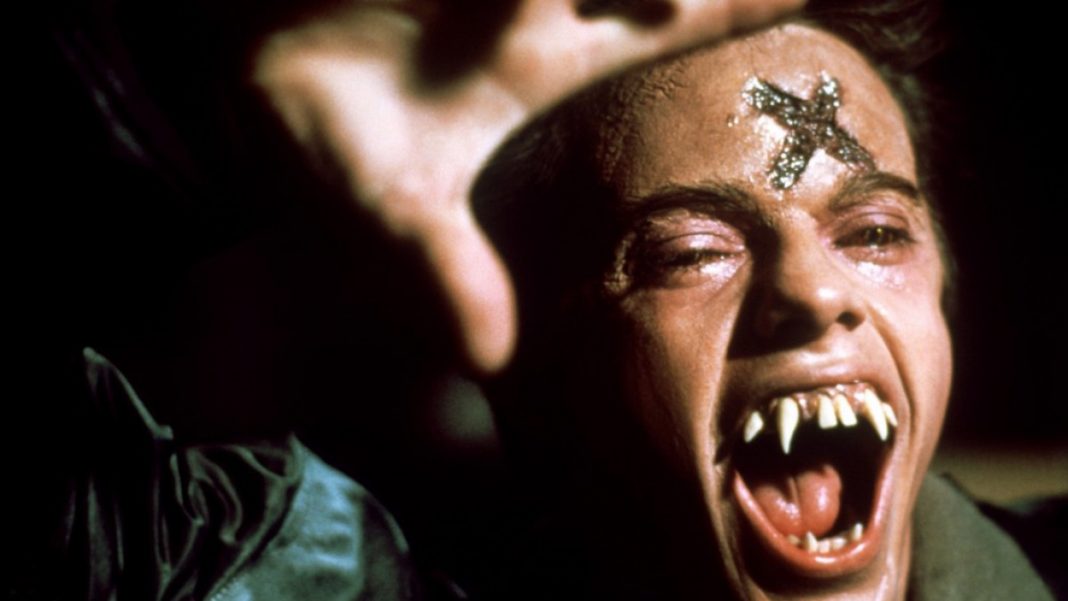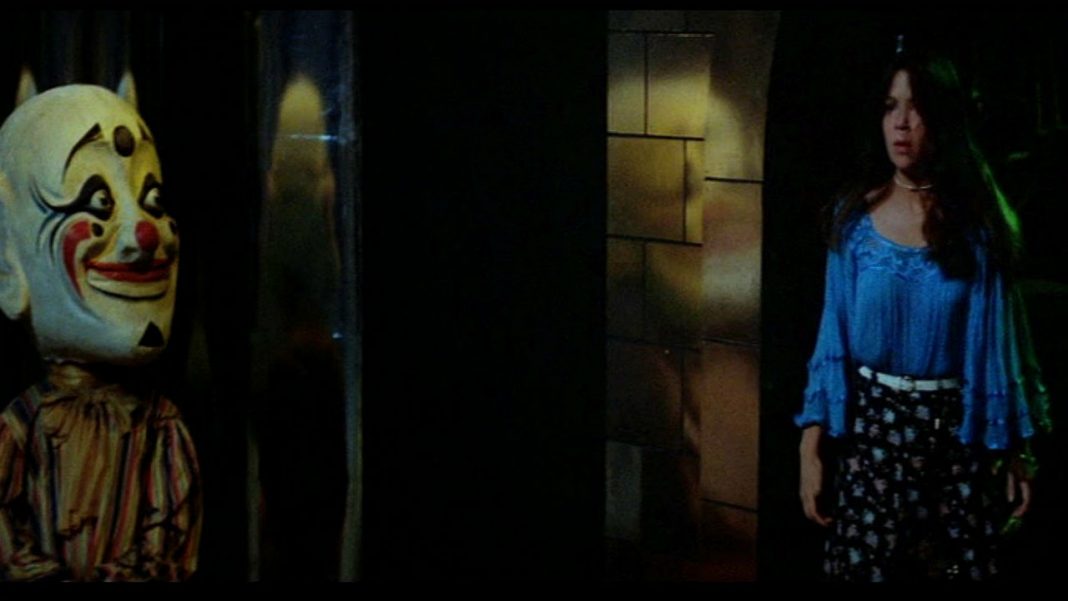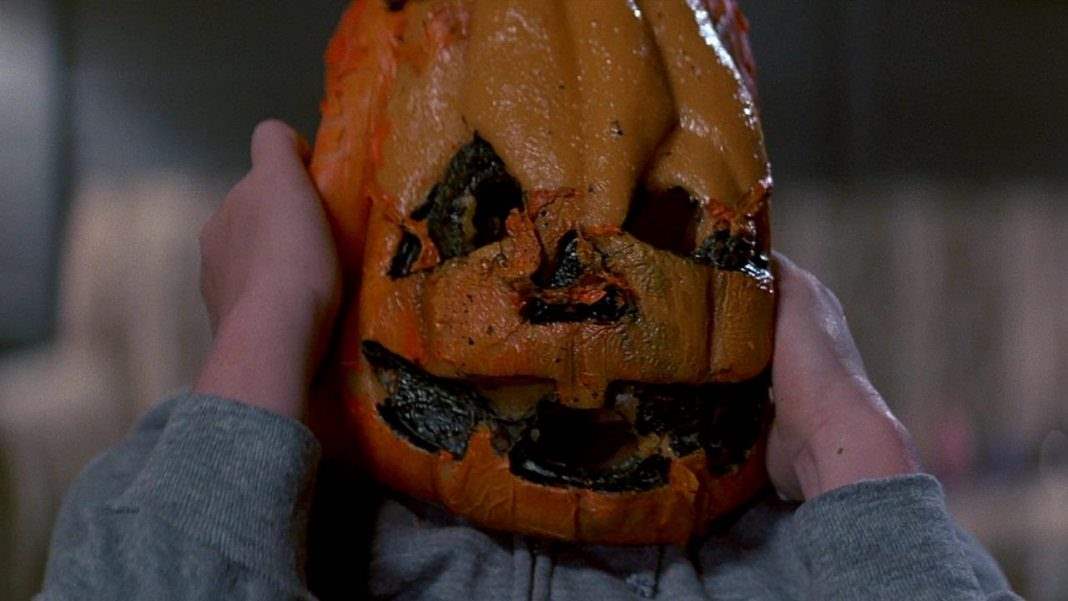The early ’00s were an interesting time for the horror genre. This was a period just after the renaissance of the late ’90s and before the swarm of endless remakes that lasted through the latter half of the decade. In these early years, there was a lot of experimental horror. There were no trends being established and most films went off in their own direction. Some tried to recapture the success of Scream, only to demonstrate that time had passed.
This turned out to be a very good thing, in retrospect. It allowed for ideas that were truly different to go before cameras. There were no copycats. This was a rare, fleeting period where not only did originality flourish, but it was at the forefront of the genre.
The early years of the decade also saw the shift away from mainstream theatrical horror being held up as the sole definition of success. That had really always been true pre-2000. Horror was defined by blockbuster success, like every other genre. Now, it’s more often than not the exception to that rule. While independent horror has always helped define the genre, most of those features were granted some form of theatrical release. But that began to change. Theatrical horror was getting to be too watered down for people’s tastes. Most picked up new horror at the video store. In the 1990s the rental market was booming. But most of the titles produced for that market were intentionally schlocky B-movies.
That began to change in the early 2000s with movies like May, Session 9, and Ginger Snaps. Films like that provided fresh takes outside the studio system, or at least the studio distribution system. They established the way fans have been finding the new horror films that really speak to them ever since. These weren’t just better than what was becoming dominant in theaters, these were truly original.
Related: Why Ginger Snaps is an Essential Feminist Horror Film
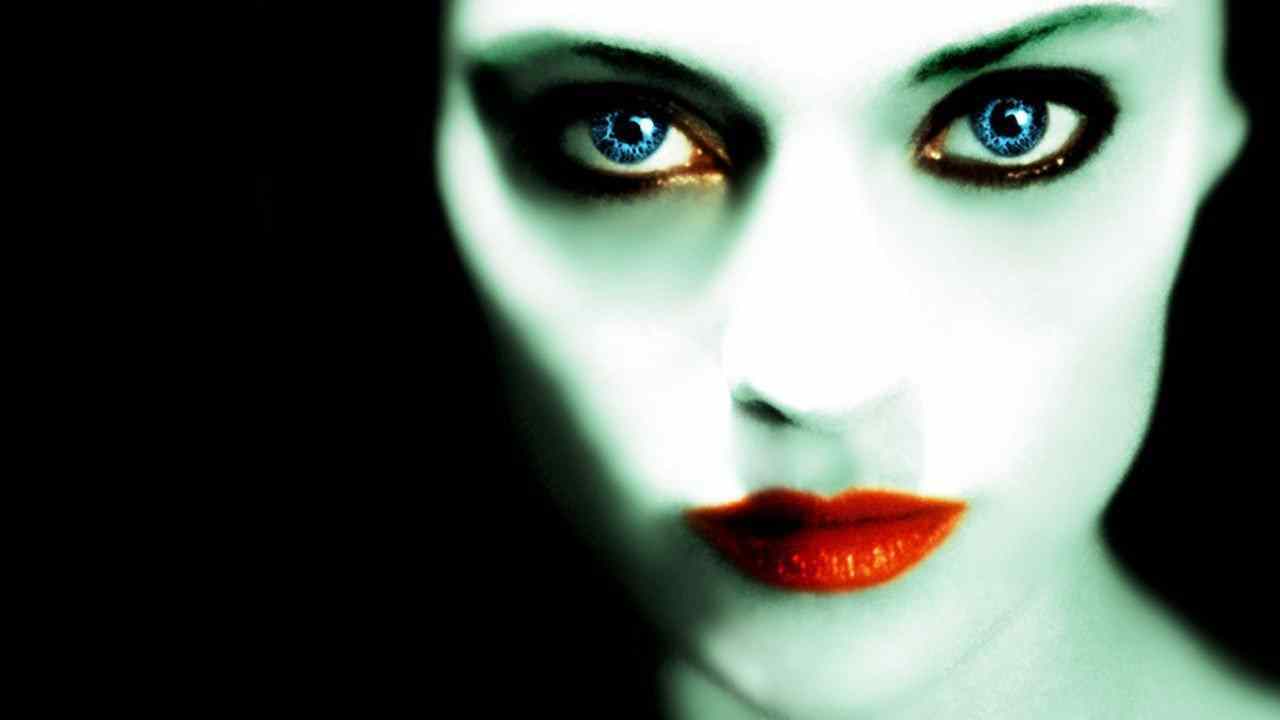 Then came 28 Days Later, which started as a small indie with a lot of buzz and completely boomed. It spread like wildfire. It brought back the long-dead zombie genre, it cost almost nothing to make and yet it was so powerful. When it was first released, a few publications referred to it as the new Blair Witch Project just in terms of how insanely successful it was for how little it cost. This got both horror filmmakers and fans very excited. After movies like May, which could have sustained that kind of distribution if it had been given a chance, everyone thought this was the way it was going to be. The studios were finally taking a chance on distributing smaller, innovative films.
Then came 28 Days Later, which started as a small indie with a lot of buzz and completely boomed. It spread like wildfire. It brought back the long-dead zombie genre, it cost almost nothing to make and yet it was so powerful. When it was first released, a few publications referred to it as the new Blair Witch Project just in terms of how insanely successful it was for how little it cost. This got both horror filmmakers and fans very excited. After movies like May, which could have sustained that kind of distribution if it had been given a chance, everyone thought this was the way it was going to be. The studios were finally taking a chance on distributing smaller, innovative films.
Obviously, that wasn’t what happened. 2003 saw the distribution of the great French horror, High Tension but also the release of the remake of The Texas Chainsaw Massacre. Now, Texas is actually decent on its own. But it was nonetheless problematic in terms of everything it spawned. The second half of the decade was dominated by remakes and very little else.
But let’s take a look at what led us to that point. Even The Texas Chainsaw Massacre remake didn’t come out of nowhere. Someone was looking for a title that would sell. The reboot trend, aggravating as it was, happened for a reason.
Did You Know? Wicked Horror TV Has Classic and Independent Horror Films Available to Stream for Free!
The money people will always be concerned with the money, naturally. The studios always care about the bottom line, And while it’s great that indie horror was catching viewers’ interest, that meant nothing to them. All they could see was that mainstream theatrical horror was failing more and more. Feardotcom, Ghost Ship, Queen of the Damned were all hugely promoted and were all colossal flops. There were some big hits in theaters, of course, like Final Destination and Saw, but instead of allowing for things to follow in their footsteps, both became franchises that were eventually milked to death.
Even the video market was still heavily saturated with very low-budget schlock. Sequels like the umpteenth Children of the Corn, Wishmaster and Hellraiser, and bizarre things like American Psycho 2: All-American Girl. Finding a great flick among those ranks was like finding a needle in a haystack. Sure, sometimes you’d come away with Dog Soldiers, but more often than not it would be something like Killjoy.
When horror stopped bringing people to the theaters, studios had to rely on what had already been proven to work. We are only just now beginning to see a change away from that. Hopefully it’s a change that lasts. If directors like James Wan are the sort of people to lead us into whatever the genre is becoming now, we’re probably in good hands.
